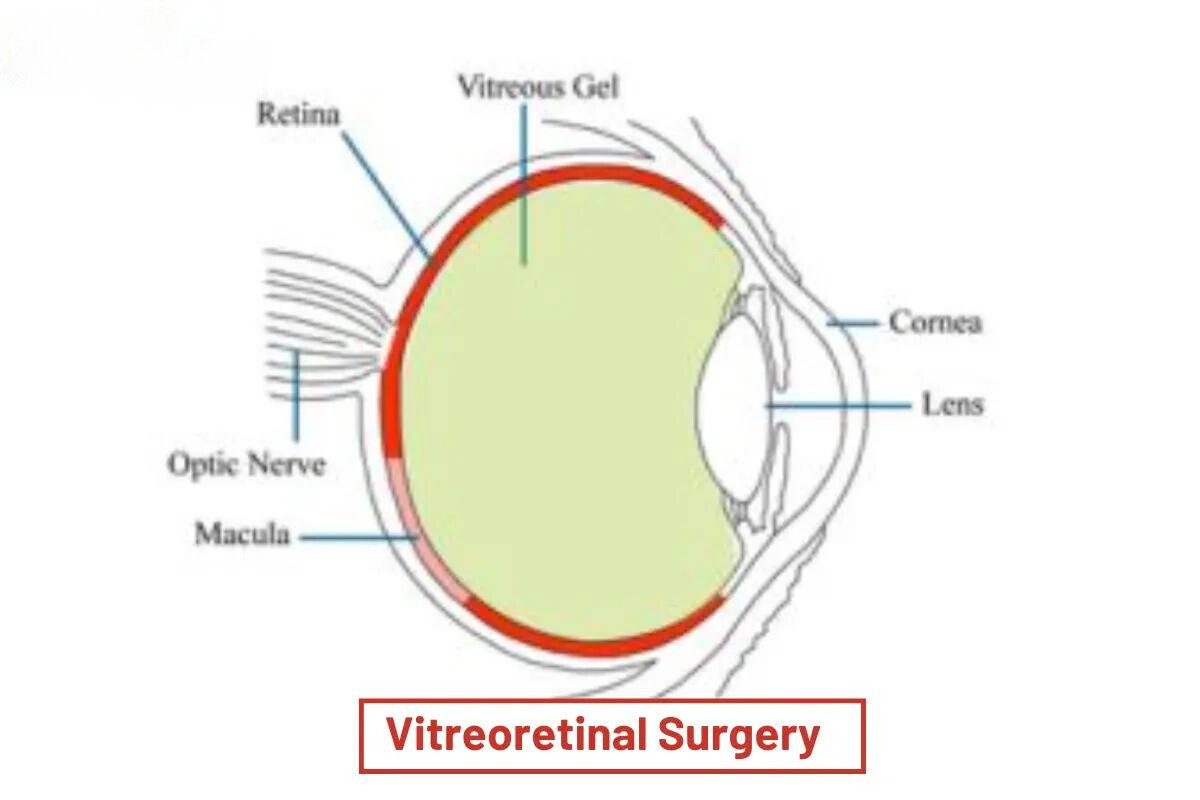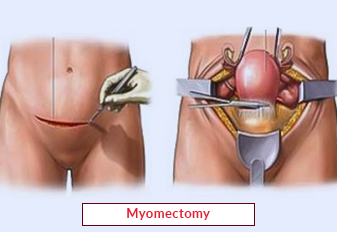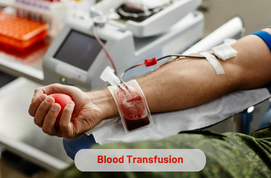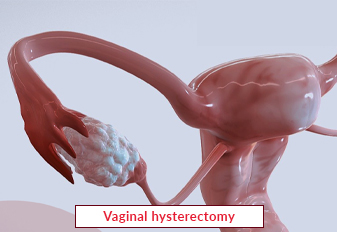Vitreoretinal eye surgery is a set of procedures that are carried out in the inside of the eye. Vitreous and retina constitute the internal of the eye, and this makes these medical procedures extremely sensitive. A vitrectomy is used to restore, preserve, and improve eyesight in a variety of disorders. These disorders include:
- Age-related macular degeneration
- Diabetic retinopathy
- Detached retinas.
The patient is free to return back to his or her place on the same day as this is a same day procedure. The recovery time varies on the type of procedure carried out. Most of the time, the patient returns to his or her normal routine in a few days to a few weeks.
Who needs this Surgery?
You may need this medical procedure if you are diagnosed with any of the following eye issues:
- Retinal tears
- Diabetic retinopathy
- Vitreous haemorrhage
- Retinal detachment
- Severe eye injury
- Eye infections
- Complications after eye surgery
Risk Factors
Some of the risks encountered with this medical procedure depend on elements that include health condition, age, and the graveness of the eye illness. Perils associated with this medical surgery include:
- Bleeding
- Obstacles in the movement of eyes
- Damage to lens
- Increase in the likeliness of cataract buildup
Preparation for the Surgery
As mentioned, this procedure aims to take away vitreous gel from the inside of the eye. Below are what you may need to be ready with when undergoing for the medical surgery:
Pre-Surgery
- Your ophthalmologist will guide you as to how to go about before the medical procedure. This may include what to eat and what to avoid before the midnight of surgery.
- Prior to the start of the medical process, the healthcare expert will examine your eye. Special drops may be put into the eye, so that the retina is viewed properly.
- Mild or general anesthesia may be administered. It depends on the type of procedure.
During Surgery
- Normally, the patients are kept awake, and suitable drugs are given to relax them.
- The eye surgeon will cut open the outer part of the eye. Later, he or she will make a small cut in the sclera or the white portion of the eye. It will enable access to the vitreous gel.
- A liquid or gas bubble is utilized to flatten the retina and secure it in place. The surgeon will then perform any necessary repairs to replace or reattach the retina.
- When the procedure is finished, the vitreous is replaced with another fluid. It is commonly a silicone oil or saline solution, and stitches may be used to repair surgical wounds if needed. Antibiotic eye medications are used to prevent infection, and your eye may be patched.
After Surgery
- Since this is a same day procedure, patients can safely go back to their place after the procedure is completed. It is better if someone is available with you to drive back home safely.
- Your ophthalmologist may prescribe eye drops, medicines, and painkillers as well. An eye patch for a day or two may be required following surgery to aid with recuperation.
- Your eye doctor will schedule a follow-up appointment to determine whether the treatment was beneficial and to monitor healing. Inform your doctor if you detect a decrease in vision, increased pain, or swelling.
Vitreoretinal Surgery Cost
Retina, as well as the vitreous humour of the eye, are treated in this illness. The different costs associated with this medical procedure include:
- The surgeon’s experience
- Modern techniques, such as endolasers, microscopes can add to the cost
- Post-operative care
In India, this surgery can cost between Rs. 30,000 to 70,000 or in other countries, where the cost is nearly USD 345 to 800. Vitreoretinal eye surgery in India is an appealing choice for people seeking cost-effective issues of the retinal disorders. Many people successfully improve their vision. It is due to expert surgeons, innovative technology, and a focus on patient care, all while saving money on medical services.
Latest Health Tips
Can Immunotherapy Cure Stage 4 Lung Cancer?
Early Signs of Cervical Cancer
Foods that Kill Cancer: Leafy Vegetables, Grains, & More
What Stage of Cancer is Immunotherapy Used For?
Which is Worse for Cancer, Sugar or Alcohol?
Vaccines That Prevent Cancer
What Kills Cancer Cells in the Body Naturally?
5 Early Warning Signs of Bone Cancer
Submit Your Enquiry
Testimonials

























